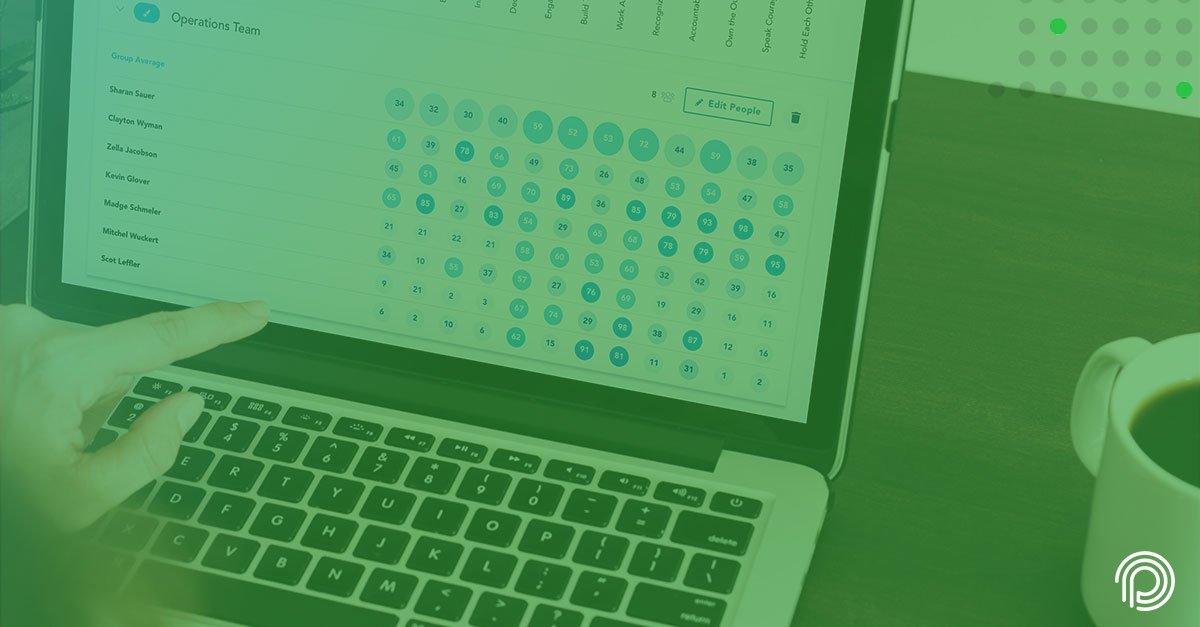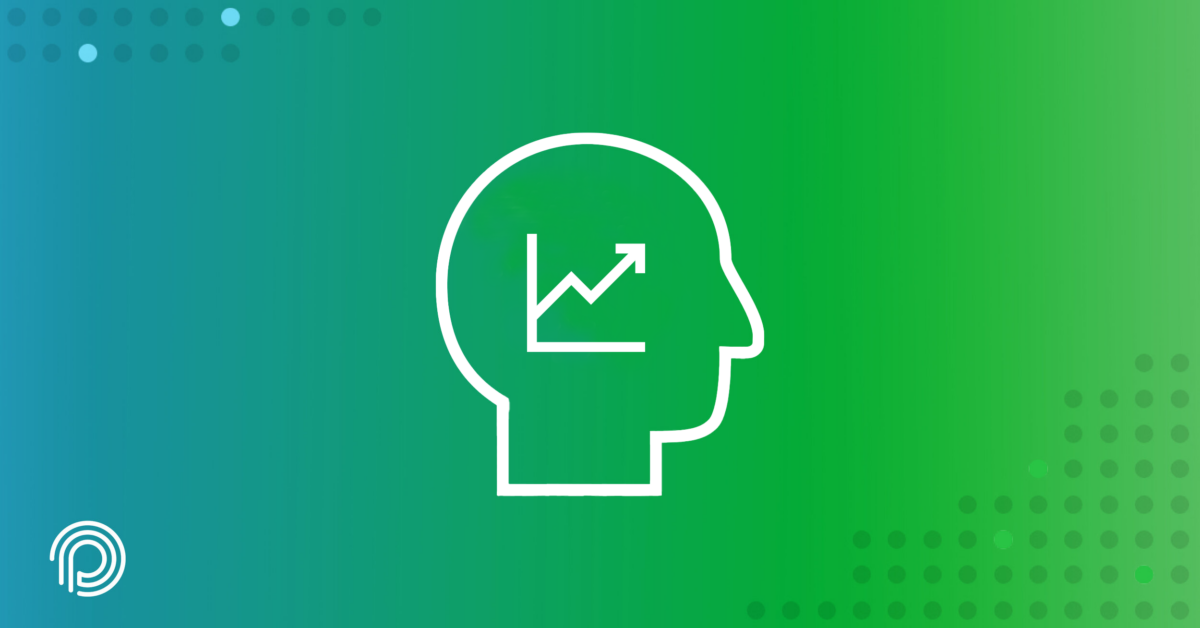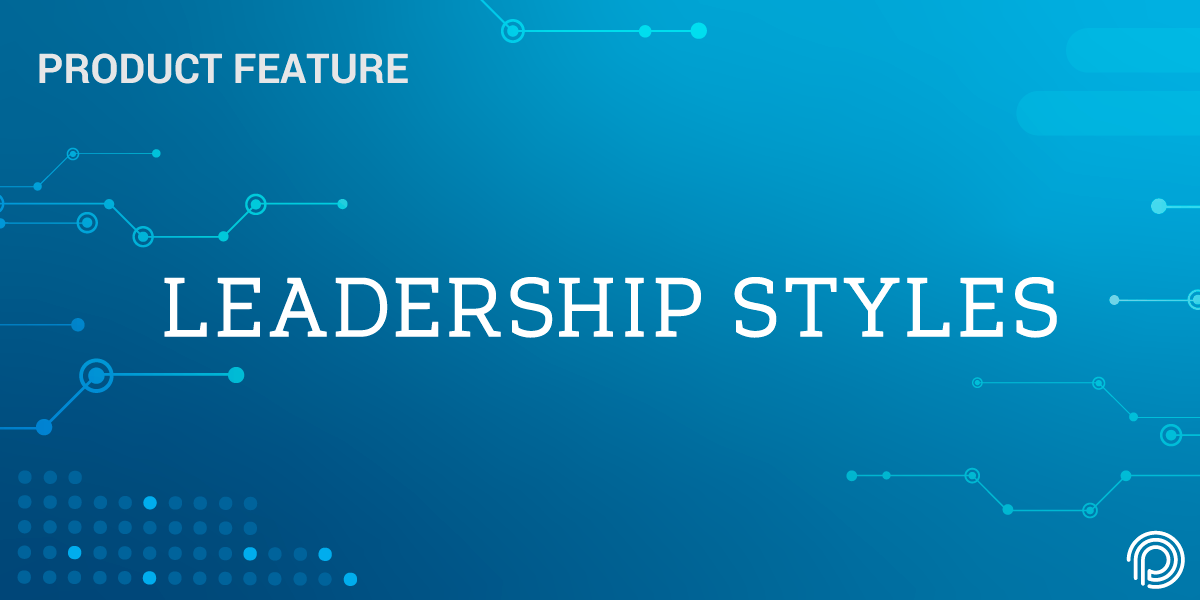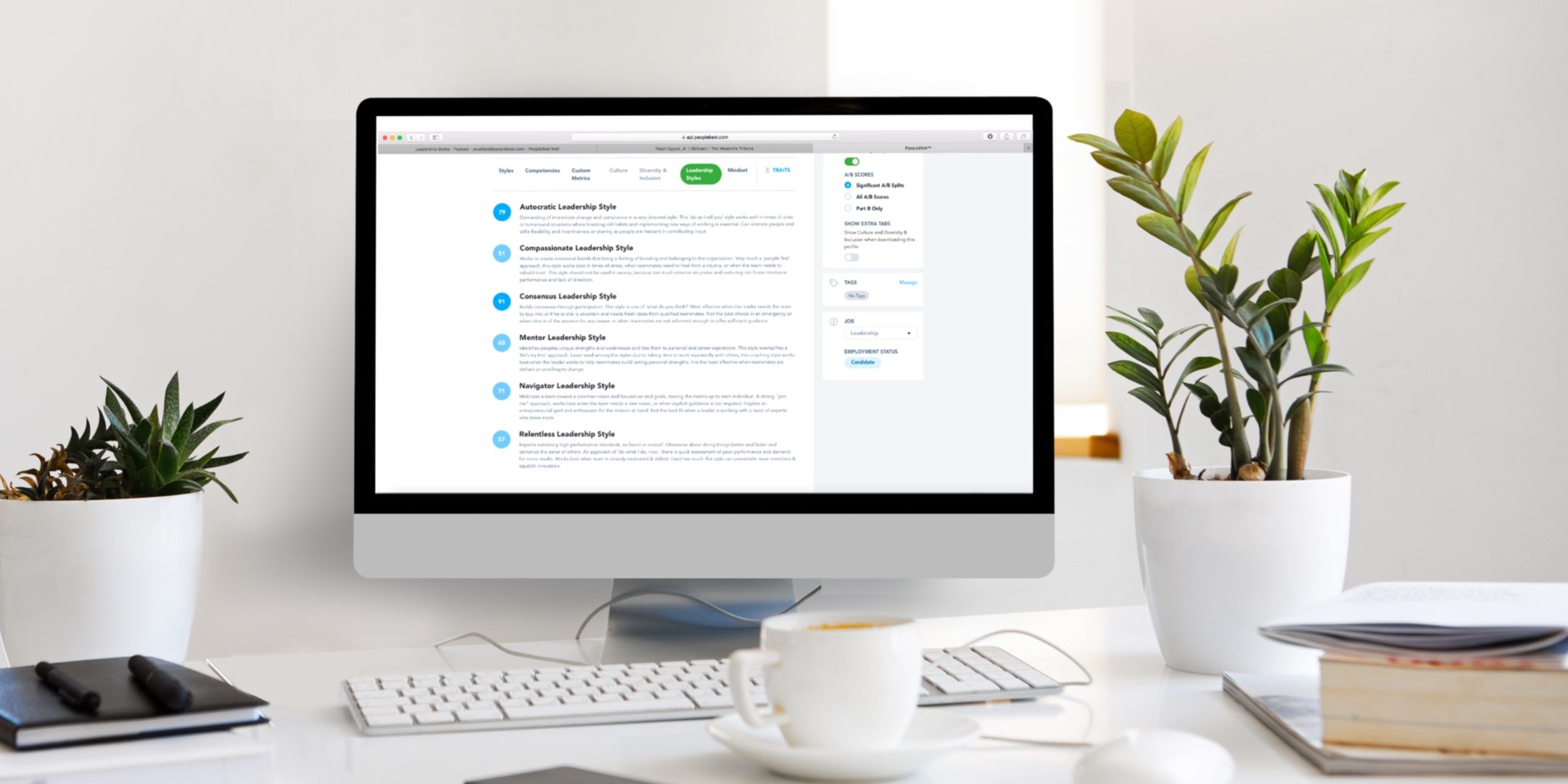Organizations across the globe are attempting to be more inclusive. That’s a lofty and often nebulous goal, leaving many with a big question: Where do we start?
Consider taking a look at your organization’s list of recognized holidays. Many companies adopt the holiday schedule followed by the federal government or the one used by the New York Stock Exchange. While these plans make room for traditional Christian holidays like Christmas and Easter, they leave out days recognized by many other religions and cultures.
We’ve compiled a couple of tips that will help you make your holiday plan more inclusive. As you push your organization to grow more accepting and supportive, make sure your policies don’t alienate those celebrating holidays employers once left unnoticed.
Plan ahead
Now is the time to pull out your calendar. Perhaps you’ve worked with HR to chunk out time around holidays like President’s Day, the Fourth of July, Labor Day, Thanksgiving and Christmas.
I assure you, no one will complain about having a few long weekends here and there, even if they don’t celebrate the holiday in question. But consider this: You may have groups of employees who have to use their personal days to take off for the holidays that mean most to them and their families. Or they may show up to work anyways.
As you contemplate your holiday schedule, take a look at the free resources available online to learn more about the holidays recognized by the world’s major religions. This interfaith calendar lists days celebrated by Buddhist, Christian, Hindu, Islamic and Jewish communities.
There are also cultural and historical holidays to think about. Many Asian communities celebrate the lunar new year. And President Joe Biden last year made Juneteenth a federal holiday.
Consider the floating holiday
At this point you’re probably starting to fret — you can’t give everyone the day off for all of these holidays! Many organizations have had this realization, and they’ve come up with a great solution: floating holidays.
West Virginia University Medicine, for example, offers its 17,000 employees a floating holiday to use in addition to its six standard paid holidays. So outside of New Year’s Day, Memorial Day, July Fourth, Labor Day, Thanksgiving and Christmas, employees can take an extra paid day off each year at their discretion.
Shortly after Joe Biden made Juneteenth a federal holiday, some organizations instituted a floating holiday policy for the day. JPMorgan, for instance, gave U.S. workers the option of taking off June 19 or saving the day for later. It also told employees it would recognize the holiday in its regular holiday schedule in following years.
Other organizations use floating holidays to help with staffing. When smaller holidays roll around but operations need to continue, some staffers get the day off, while others come in but get a floating day to use whenever they want.
Celebrate awareness — together
As you open your holiday plans, you may end up learning more about your employees. Encourage workers to share about their beliefs, practices and traditions. This may be the time to institute a voluntary “show and tell” around the office.
Holiday planning is a great place to start on your journey toward inclusion. But it’s only one piece of the puzzle. To find out how PeopleBest can help your organization grow in diversity, equity and inclusion, book a demo and set up a time to chat with one of our specialists.
PeopleBest is a revolutionary, simple and powerful way to capture the exact ‘DNA of success’ inside people, teams and companies.











